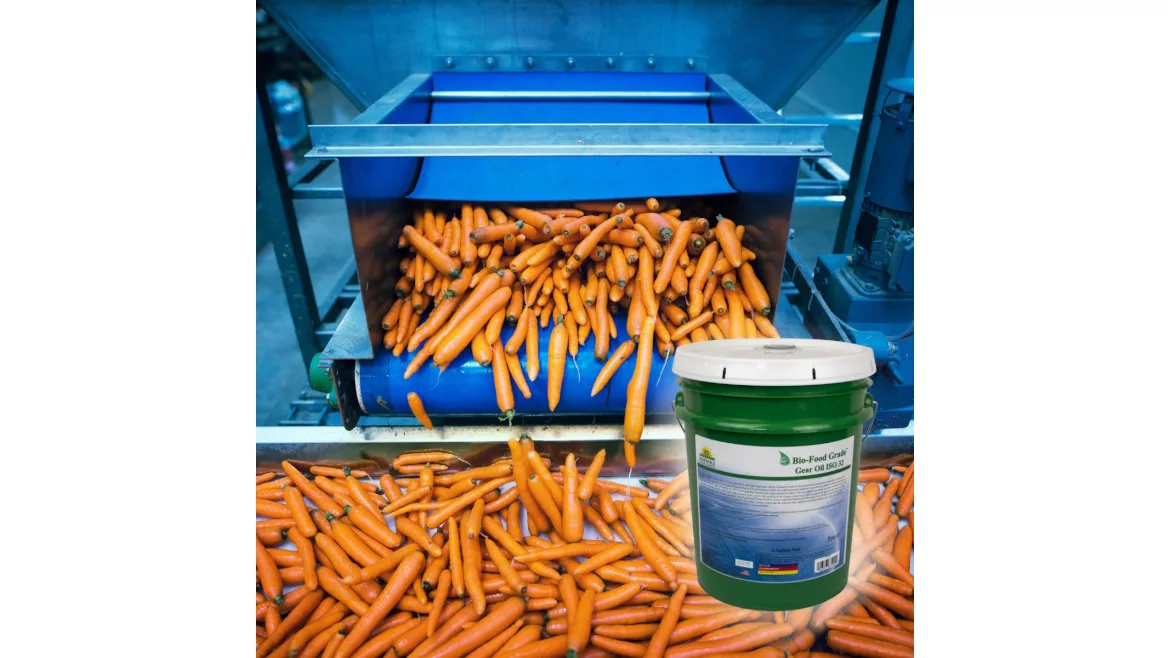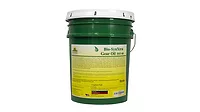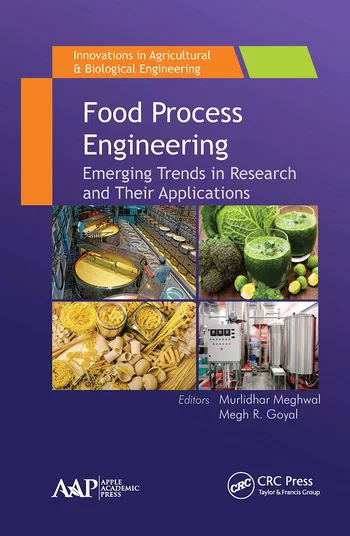Processing
Biobased Gear Oils

Image courtesy of Renewable Lubricants
Renewable Lubricants’ Bio-Food Grade Gear Oils perform like synthetics but they are odorless, tasteless and have a USDA H-1 rating so they are safe for incidental food contact for use in food and beverage processing plants, the company says. Available in ISO viscosity grades 32, 46, 68, 100, 150, 220, 320, 460, and 680, they are recommended where DIN 51517 Part 3 or AGMA Mild-EP gear oil specifications are required for lubricating bearings, reduction units and gear sets. These gear sets do not require Hypoid level of EP and therefore the lubricants most commonly specified by makers of gear reducers are R&O or ashless API GL-3 type antiwear fluids. Bio-Food Grade Gear Oils are reportedly suited for gear drives and right-angle gear drives as well as in filling machinery, cartooning, pick-and-place equipment, mixers and more.
These biobased products are designed to help companies achieve their sustainability goals. Formulated from renewable agricultural biobased resources, they are non-toxic, zinc-free formulations, which contain no heavy metals. Direct replacement products are available for ISO grade, AGMA grade, and ASTM grade products. Bio-Food Grade Gear Oils are available in 1- and 5-gal. pails, 55-gal. drums, 275- and 330-gal. totes and bulk tankers from the Hartville, Ohio factory.
Stabilized HOBS technology combined with synthetic base stocks and E.P./anti-wear technology results in a high viscosity index (VI) product with long life heat stability. This provides longer gear life protection through high film strength during elevated operating temperatures. Rapid demulsification allows users to drain water from the system quickly to prevent corrosion, protect components and extend oil life.
Bio-E.P. Gear Oils meet the Environmental Protection Agency (EPA) 2013 Vessel General Permit (VGP) guidelines for Environmentally Acceptable Lubricants (EALs) and should be used where low toxicity, biodegradability and non-bioaccumulation properties are required. In addition to being safer for the environment, they are safer for employees, the company says. It exceeds the acute toxicity (LC-50/EC-50{1000 ppm) criteria adopted by the U.S. Fish and Wildlife Service and the U.S. EPA.
ISO viscosity grades 32, 46, 68, and 220 meet and exceed “Military Specifications DOD-L-24651 Lubricating Oils, Food Grade, and Food Processing Equipment.” This specification is approved for use by the departments and agencies of the U.S. Department of Defense.
Looking for a reprint of this article?
From high-res PDFs to custom plaques, order your copy today!




